Introduction
Hardware tools play a crucial role in industrial manufacturing, construction, home maintenance, and everyday life. Because they are made from durable metals like iron, steel, aluminum, and various alloys through processes such as forging, rolling, and cutting, they can withstand repeated use and high-stress operations. Choosing the right tool for a specific task is essential for efficiency, safety, and longevity.
Depending on their function, application, and material, hardware tools can be broadly classified into several categories, each designed to meet particular operational needs.
Major Hardware Tools Classified by Application
Manual Tools
Manual hand tools, such as wrenches, pliers, hammers, and screwdrivers, are widely used for maintenance, assembly, and repair tasks. Because they rely on human force rather than electricity, they are ideal for precision work or environments without power access.

Image source: Top 15 Hand Tool Manufacturers in the Industry
Power Tools
Power tools, including electric drills, angle grinders, and electric screwdrivers, offer higher efficiency and speed. Because they are powered by electricity, they can handle repetitive tasks or heavy-duty operations more effectively than manual tools.
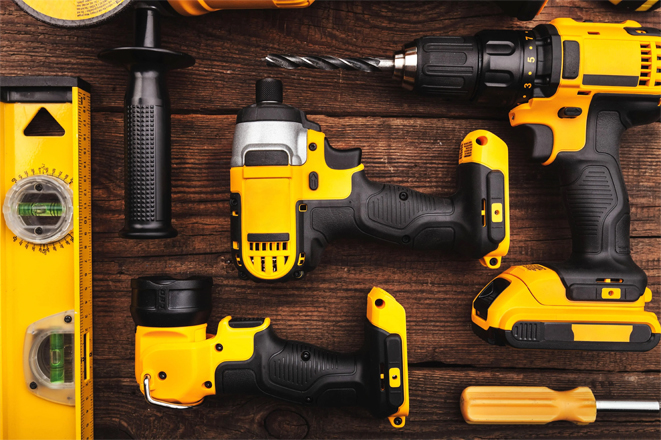
Image source: How to Choose the Correct Power Tool
Pneumatic Tools
Tools like pneumatic wrenches and nail guns operate using compressed air. Because air-driven tools can deliver high torque without heavy mechanical components, they are often preferred in automotive maintenance and industrial production lines.
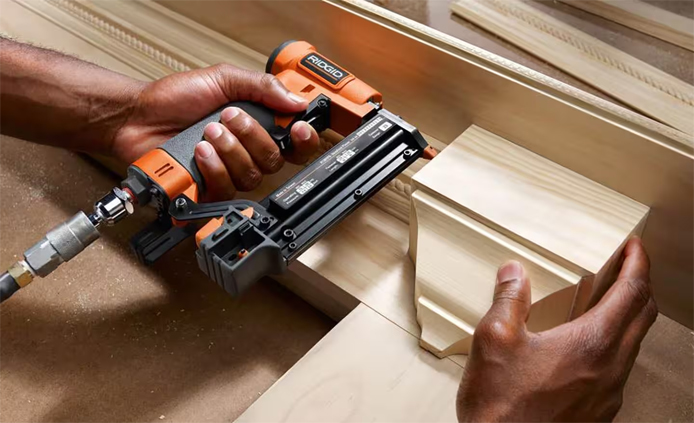
Image source: Different Types of Pneumatic Tools and Their Uses
Building Hardware
Building hardware includes locks, hinges, door and window accessories, and pipe fittings. Because buildings require both structural integrity and functionality, selecting appropriate hardware ensures safety and long-term reliability in construction and decoration projects.

Building Hardware
Daily-Use Hardware
Daily-use tools, such as scissors, knives, and nail clippers, are designed for household and personal tasks. Because these tools are used frequently, quality and ergonomics directly affect convenience and safety.
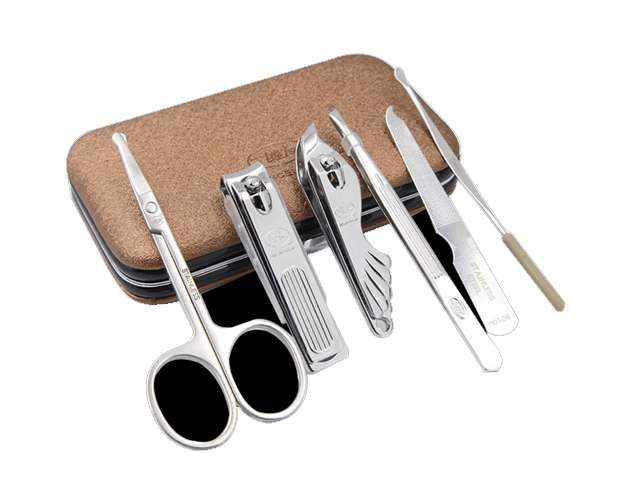
Household nail clippers and scissors set
Automotive Maintenance Tools
Tools like jacks, tire wrenches, and diagnostic instruments are specifically designed for vehicle maintenance. Because cars involve precise mechanical systems, reliable hardware tools are essential to prevent damage during repair and servicing.
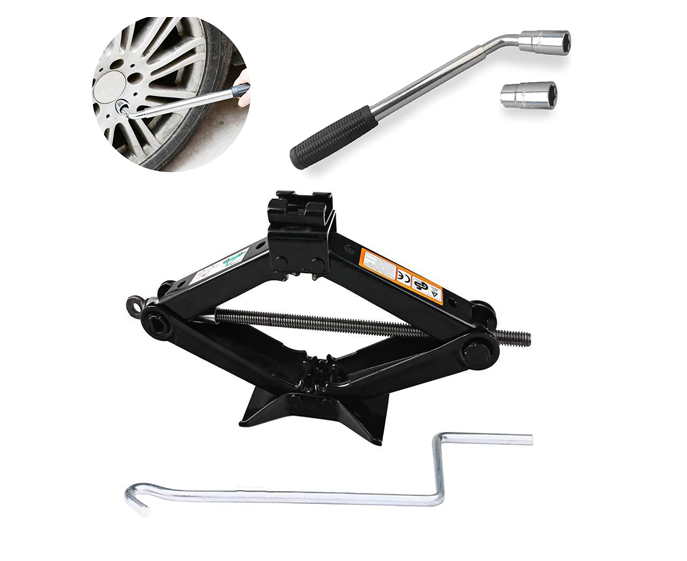
Jack, tire wrench and other auto repair tools
Measuring Instruments
Measuring tools, such as tape measures, vernier calipers, and levels, provide precise readings necessary for both industrial and domestic applications. Because accurate measurements influence the quality of work, these tools are indispensable in engineering, construction, and DIY projects.
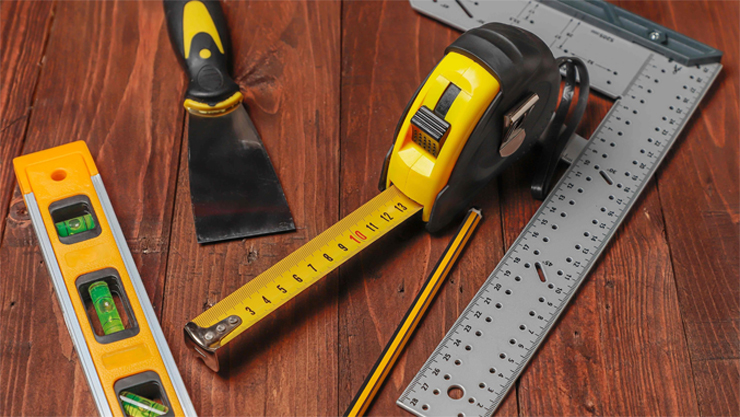
Image source: How to choose your measurement tools?
Major Hardware Tools Classified by Function
Cutting Tools
Cutting tools, including saw blades, cutters, and scissors, are used to shape or segment materials like wood, metal, and plastic. Because material properties vary, choosing the right cutting tool ensures efficiency and prevents damage.
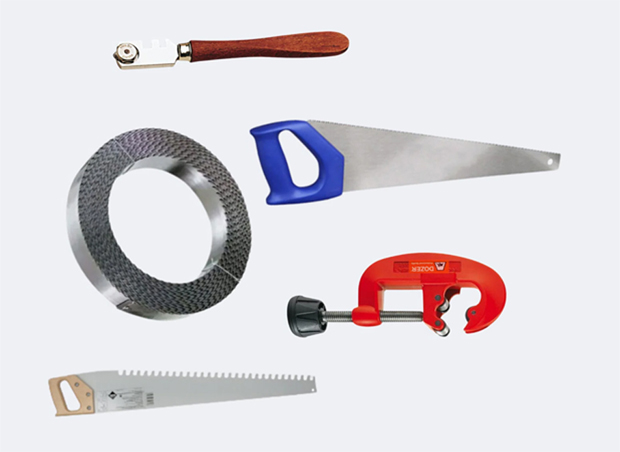
Different types of cutting tools
Fastening Tools
Screwdrivers, wrenches, and socket sets are used to fasten or loosen screws and nuts. Because fasteners hold structures together, using high-quality fastening tools prevents stripping and ensures stability.
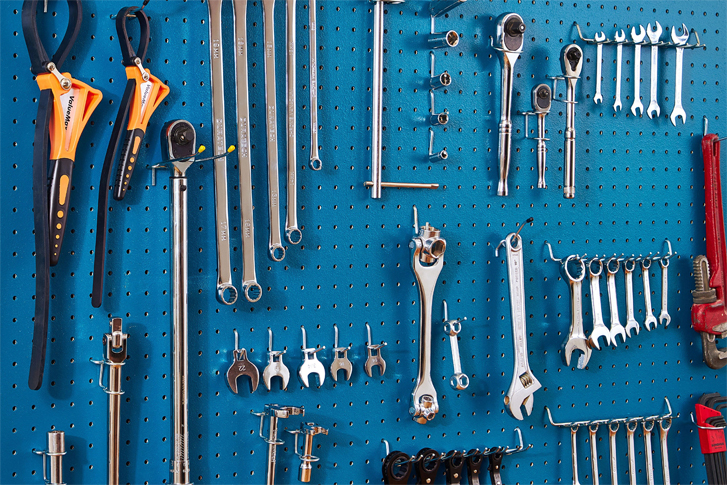
Image source: 15 Essential Types of Wrenches Every Homeowner Should Know
Grinding and Polishing Tools
Tools like grinding wheels, polishing machines, and files refine surfaces and improve finishes. Because smooth surfaces reduce friction and wear, these tools are critical in metalworking and woodworking.

Polishing tool for cars
Lifting Tools
Hand chain hoists and pulley blocks allow for safe lifting of heavy objects. Because manual handling of heavy loads can be dangerous, using proper lifting tools prevents injury and structural damage.
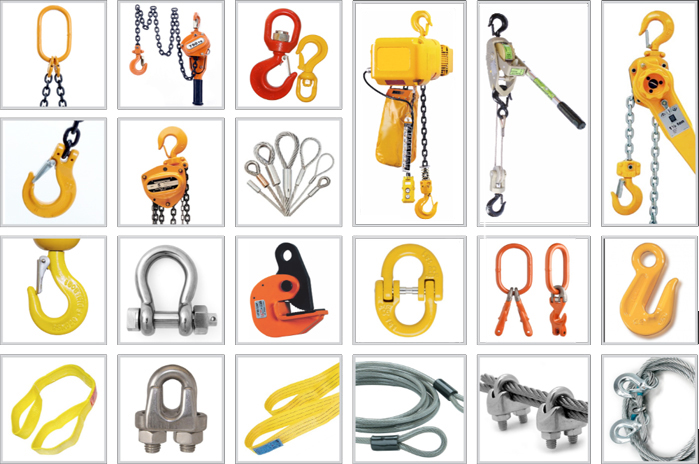
Various lifting tools
Gardening Tools
Scissors, shovels, and pruning saws support gardening and landscaping tasks. Because plants and soil require precise handling, ergonomic and durable tools improve both safety and efficiency.

Image source: 10 Essential Container Gardening Tools
Major Hardware Tools Classified by Material
Steel Tools
Carbon steel and chrome-vanadium steel tools offer high hardness and wear resistance. Because they can withstand high-impact operations, they are suitable for hammers, wrenches, and other heavy-duty hand tools.
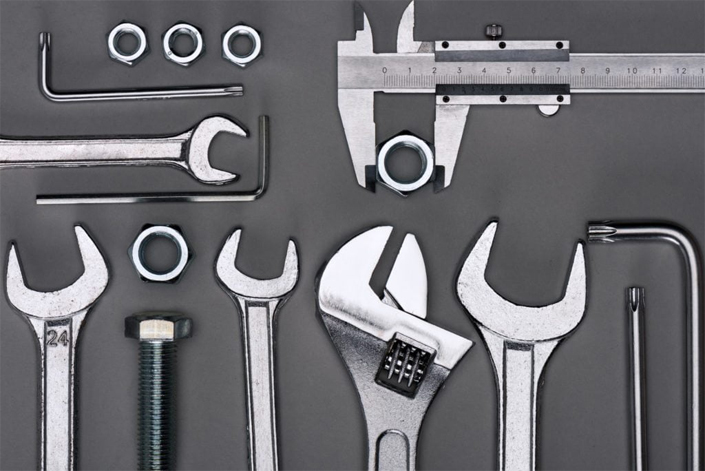
Image source: How Tool Steel is Made and Grouped
Aluminum Alloy Tools
Lightweight and corrosion-resistant aluminum alloy tools are often used in portable equipment like toolboxes and ladders. Because they reduce fatigue, they are ideal for tasks requiring mobility.
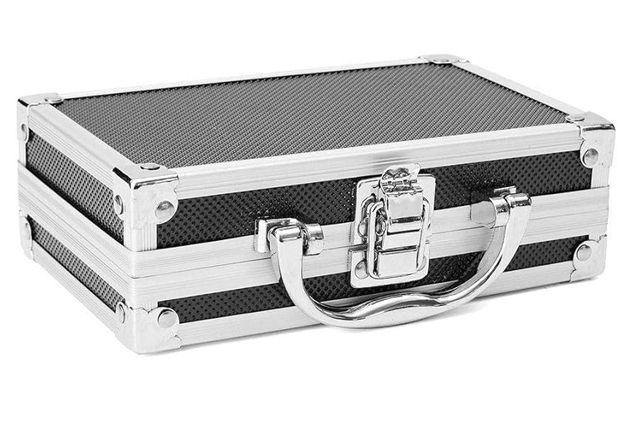
Aluminum carrying case
Stainless Steel Tools
Stainless steel tools resist rust and corrosion. Because they maintain hygiene and durability in damp environments, they are perfect for kitchen knives, surgical instruments, and plumbing tools.

Stainless steel tools
Copper Alloy Tools
Beryllium bronze and other copper alloys produce non-sparking tools. Because sparks can ignite flammable gases or dust, copper alloy tools are essential in hazardous or explosive environments.
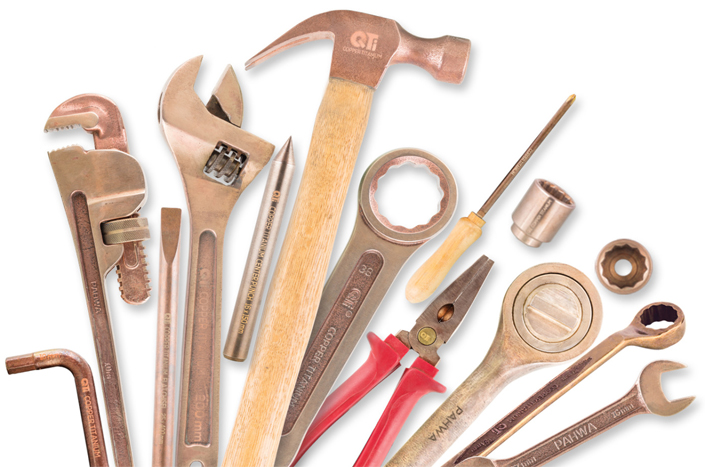
Aluminum alloy non-sparking tools
Plastic and Composite Tools
Plastic or composite tools are lightweight and electrically insulating. Because they protect users from shocks, they are widely used by electricians or for light-duty tasks.
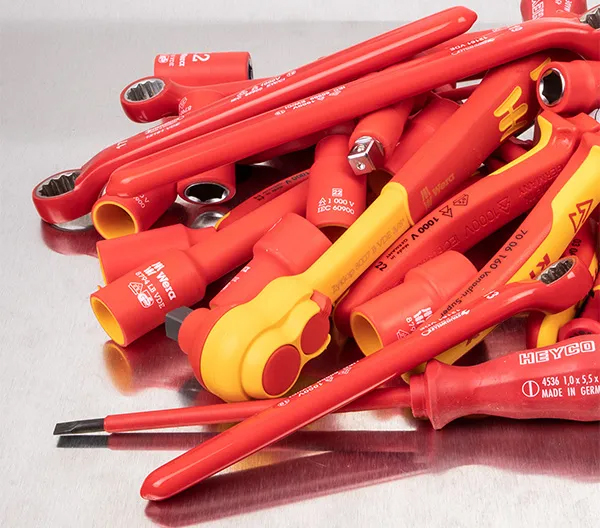
Plastic insulated tools
Industry Applications and Market Distribution
Main Production Areas
China's hardware tools industry is concentrated in regions such as Yongkang (Zhejiang), Foshan (Guangdong), and Jiangsu Province. Because these areas have specialized manufacturing clusters, they produce a significant portion of both domestic and export tools. Yongkang is known as the “Hometown of Hardware” due to its extensive production capabilities.
Export Market
China is a leading global supplier of hardware tools. Because European and American markets demand high-quality products, they remain the largest importers of Chinese tools.
Future Trends
As materials technology evolves, intelligent and environmentally friendly tools will gain popularity. Because these innovations enhance efficiency, durability, and sustainability, the hardware tools industry is poised for continued growth and transformation.
Conclusion
Choosing the right hardware tools depends on understanding their application, function, and material properties. Because tools designed for specific tasks ensure safety, durability, and efficiency, selecting the appropriate type—whether manual, electric, pneumatic, or specialized for measurement or construction—is essential. Companies like Dawei Metal provide a full range of tools from hand tools to electric equipment, meeting both industrial and daily-use requirements. By considering the purpose and material of each tool, users can maximize performance and longevity while maintaining workplace safety.
